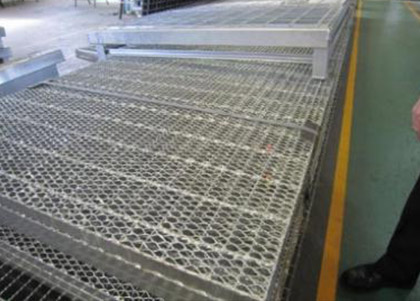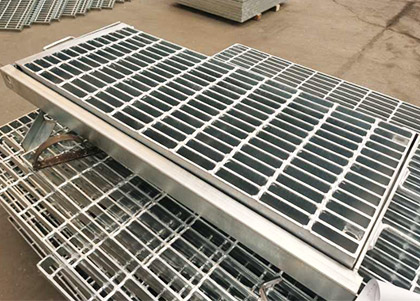Steel grating and aluminum grating are both popular choices for industrial flooring and walkways. They each have their own unique characteristics and benefits, making it important to understand the differences between the two materials before making a decision. In this article, we will compare steel grating and aluminum grating in terms of their strength, durability, cost, and maintenance requirements, helping you make an informed choice for your specific application.
Steel grating is known for its exceptional strength and load-bearing capabilities, making it an ideal choice for heavy-duty industrial applications. It is often used in areas where there is a high volume of foot traffic, as well as in environments where there is exposure to heavy machinery and equipment. Aluminum grating, on the other hand, is lighter in weight and offers excellent corrosion resistance, making it suitable for applications where moisture and chemical exposure are a concern. While both materials are suitable for various industrial applications, understanding their unique properties is essential for choosing the right grating for your specific needs.

When it comes to durability, steel grating is highly resistant to impact and heavy loads, making it a long-lasting option for industrial flooring. Its robust nature allows it to withstand harsh environmental conditions and maintain its structural integrity over time. On the other hand, aluminum grating offers exceptional corrosion resistance, making it an ideal choice for outdoor applications where exposure to moisture and chemicals is a concern. While aluminum grating may not have the same load-bearing capabilities as steel grating, its durability in corrosive environments makes it a popular choice for many industrial settings.
In terms of cost, steel grating is generally more affordable than aluminum grating, making it a cost-effective option for many industrial applications. Its high strength and durability also contribute to its long-term cost savings, as it requires minimal maintenance and has a longer lifespan compared to other materials. Aluminum grating, while initially more expensive than steel grating, offers long-term cost savings due to its corrosion resistance and low maintenance requirements. It is also lightweight, making it easier to handle and install, which can result in reduced labor costs. When considering the cost of steel grating vs aluminum grating, it is important to factor in the long-term benefits of each material to determine the most cost-effective option for your specific application.

Maintenance is an important consideration when choosing between steel grating and aluminum grating. Steel grating requires minimal maintenance due to its high strength and durability, making it a low-maintenance option for industrial flooring. While it may require occasional cleaning and inspections, steel grating is known for its long-term reliability and performance. Aluminum grating, with its corrosion resistance, also requires minimal maintenance and is easy to clean. Its lightweight nature makes it easier to handle during maintenance tasks, contributing to its overall cost-effectiveness. Understanding the maintenance requirements of steel grating vs aluminum grating is essential for ensuring the long-term performance and safety of your industrial flooring and walkways.
When comparing steel grating vs aluminum grating, it is important to consider the specific requirements of your application. Steel grating is known for its exceptional strength and load-bearing capabilities, making it an ideal choice for heavy-duty industrial environments. Its durability and cost-effectiveness make it a popular option for many applications. Aluminum grating, on the other hand, offers excellent corrosion resistance and is lightweight, making it suitable for outdoor and corrosive environments. Its long-term cost savings and low maintenance requirements make it a practical choice for many industrial settings. By understanding the unique properties of steel grating and aluminum grating, you can make an informed decision based on the specific needs of your application.

